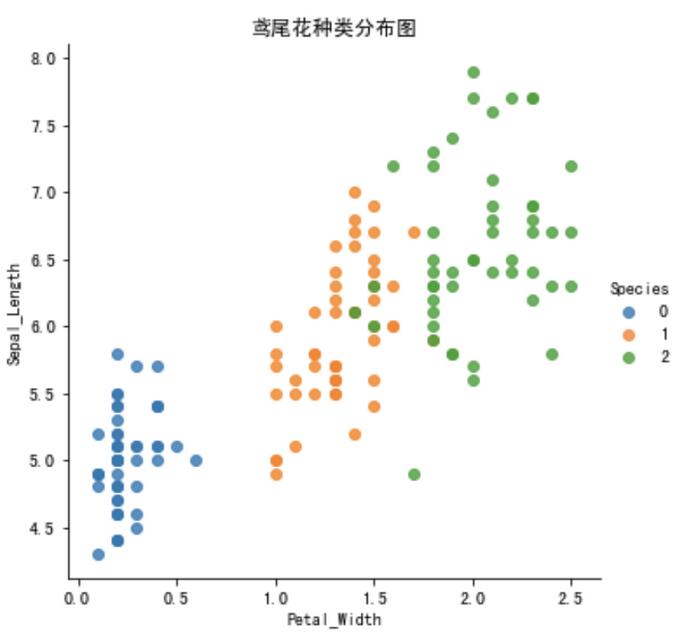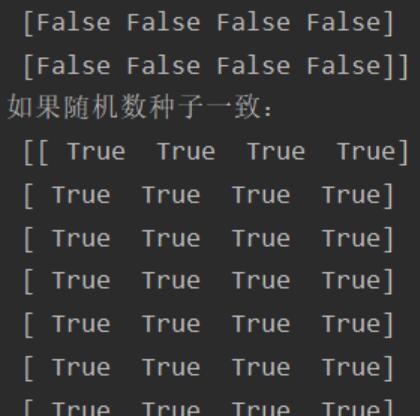K-近邻算法鸢尾花种类预测
Posted ZSYL
tags:
篇首语:本文由小常识网(cha138.com)小编为大家整理,主要介绍了K-近邻算法鸢尾花种类预测相关的知识,希望对你有一定的参考价值。
鸢尾花种类预测--数据集介绍
1. 案例:鸢尾花种类预测
Iris数据集是常用的分类实验数据集,由Fisher, 1936收集整理。Iris也称鸢尾花卉数据集,是一类多重变量分析的数据集。关于数据集的具体介绍:

2. scikit-learn中数据集介绍
2.1 scikit-learn数据集API介绍
-
sklearn.datasets
- 加载获取流行数据集
- datasets.load_*()
- 获取小规模数据集,数据包含在datasets里
- datasets.fetch_*(data_home=None)
- 获取大规模数据集,需要从网络上下载,函数的第一个参数是data_home,表示数据集下载的目录,默认是 ~/scikit_learn_data/
2.1.1 sklearn小数据集
- sklearn.datasets.load_iris()
加载并返回鸢尾花数据集

2.1.2 sklearn大数据集
-
sklearn.datasets.fetch_20newsgroups(data_home=None,subset=‘train’)
- subset:‘train’或者’test’,‘all’,可选,选择要加载的数据集。
- 训练集的“训练”,测试集的“测试”,两者的“全部”
2.2 sklearn数据集返回值介绍
-
load和fetch返回的数据类型datasets.base.Bunch(字典格式)
- data:特征数据数组,是 [n_samples * n_features] 的二维 numpy.ndarray 数组
- target:标签(目标)数组,是 n_samples 的一维 numpy.ndarray 数组
- DESCR:数据描述
- feature_names:特征名,新闻数据,手写数字、回归数据集没有
- target_names:标签(目标值)名
from sklearn.datasets import load_iris
# 获取鸢尾花数据集
iris = load_iris()
print("鸢尾花数据集的返回值:\\n", iris)
# 返回值是一个继承自字典的Bench
print("鸢尾花的特征值:\\n", iris["data"])
print("鸢尾花的目标值:\\n", iris.target)
print("鸢尾花特征的名字:\\n", iris.feature_names)
print("鸢尾花目标值的名字:\\n", iris.target_names)
print("鸢尾花的描述:\\n", iris.DESCR)
2.3 查看数据分布
通过创建一些图,以查看不同类别是如何通过特征来区分的。 在理想情况下,标签类将由一个或多个特征对完美分隔。 在现实世界中,这种理想情况很少会发生。
-
seaborn介绍
-
Seaborn 是基于 Matplotlib 核心库进行了更高级的 API 封装,可以让你轻松地画出更漂亮的图形。而 Seaborn 的漂亮主要体现在配色更加舒服、以及图形元素的样式更加细腻。
-
安装 pip3 install seaborn
-
seaborn.lmplot() 是一个非常有用的方法,它会在绘制二维散点图时,自动完成回归拟合
- sns.lmplot() 里的 x, y 分别代表横纵坐标的列名,
- data= 是关联到数据集,
- hue=*代表按照 species即花的类别分类显示,
- fit_reg=是否进行线性拟合。
-
%matplotlib inline # 可视化声明,一些老的版本不显示图的时候使用,现在基本上不会使用
# 内嵌绘图
import seaborn as sns
import matplotlib.pyplot as plt
import pandas as pd
# 把数据转换成dataframe的格式
iris_d = pd.DataFrame(iris['data'], columns = ['Sepal_Length', 'Sepal_Width', 'Petal_Length', 'Petal_Width'])
iris_d['Species'] = iris.target
def plot_iris(iris, col1, col2):
sns.lmplot(x = col1, y = col2, data = iris, hue = "Species", fit_reg = False)
plt.xlabel(col1)
plt.ylabel(col2)
plt.title('鸢尾花种类分布图')
plt.show()
plot_iris(iris_d, 'Petal_Width', 'Sepal_Length')

2.4 数据集的划分
机器学习一般的数据集会划分为两个部分:
- 训练数据:用于训练,构建模型
- 测试数据:在模型检验时使用,用于评估模型是否有效
划分比例:
- 训练集:70% 80% 75%
- 测试集:30% 20% 25%
数据集划分api
- sklearn.model_selection.train_test_split(arrays, *options)
- 参数:
- x 数据集的特征值【特征值】
- y 数据集的标签值【目标值】
- test_size 测试集的大小,一般为float
- random_state 随机数种子,不同的种子会造成不同的随机采样结果。相同的种子采样结果相同。
- return
- x_train, x_test, y_train, y_test
- 参数:
from sklearn.datasets import load_iris
from sklearn.model_selection import train_test_split
# 1、获取鸢尾花数据集
iris = load_iris()
# 对鸢尾花数据集进行分割
# 训练集的特征值x_train 测试集的特征值x_test 训练集的目标值y_train 测试集的目标值y_test
x_train, x_test, y_train, y_test = train_test_split(iris.data, iris.target, random_state=22)
print("x_train:\\n", x_train.shape)
# 随机数种子
x_train1, x_test1, y_train1, y_test1 = train_test_split(iris.data, iris.target, random_state=6)
x_train2, x_test2, y_train2, y_test2 = train_test_split(iris.data, iris.target, random_state=6)
print("如果随机数种子不一致:\\n", x_train == x_train1)
print("如果随机数种子一致:\\n", x_train1 == x_train2)


加油!
感谢!
努力!
以上是关于K-近邻算法鸢尾花种类预测的主要内容,如果未能解决你的问题,请参考以下文章